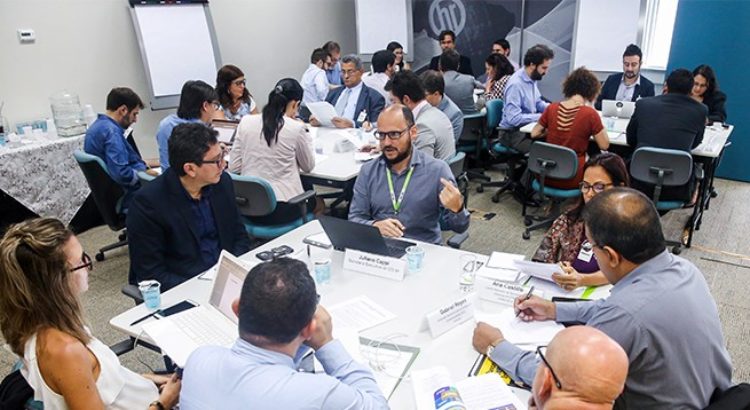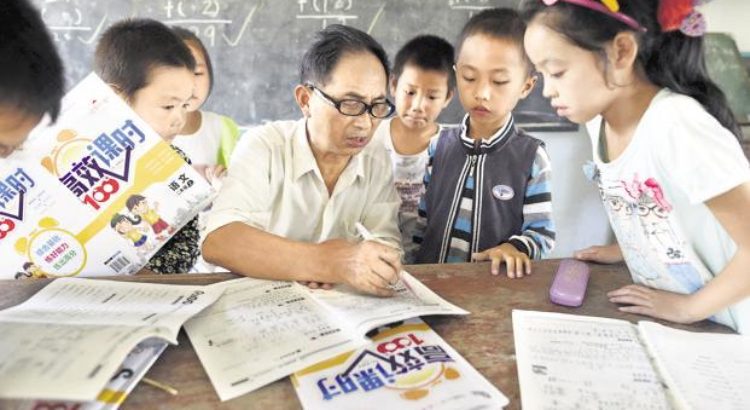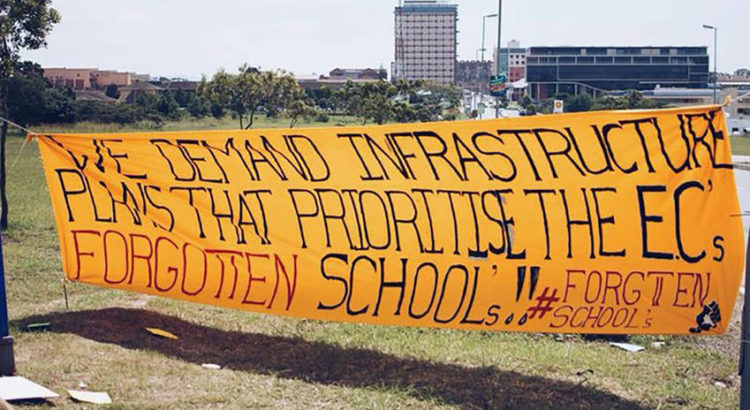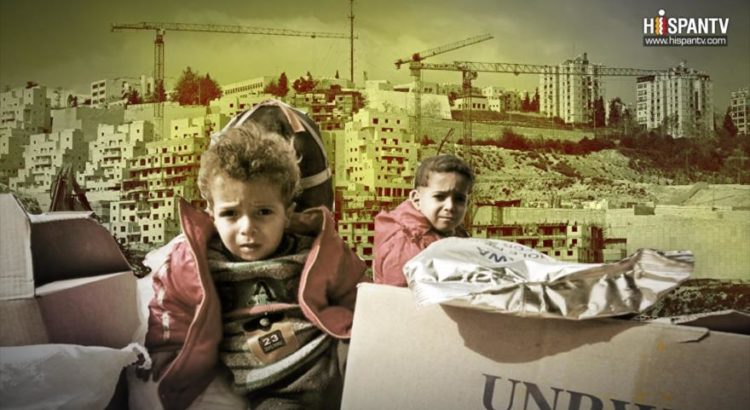UNESCO/20 de marzo de 2018/Fuente: https://es.unesco.org
En cooperación con varios socios latinoamericanos, la Oficina de la UNESCO en Montevideo concluyó el 5 de marzo de 2018 una serie de debates relacionados con su proyecto de indicadores.
Cuatro grupos de trabajo pusieron manos a la obra en las instalaciones del Centro de Estudios Regionales de Categoría II de la UNESCO para el Desarrollo de la Sociedad de la Información(link is external) (CETIC.br) la semana pasada, para llevar cabo una evaluación detallada de proyecto de indicadores de universalidad de Internet de la UNESCO.
CETIC.br opera bajo el paraguas del Núcleo de Información y Coordinación de Dot BR (NIC.br), con sede en São Paulo, Brasil.
El encuentro consistió de una consulta regional realizada en asociación con CETIC.br, la Red Latinoamericana de Gobierno Electrónico (Red Gealc) y, la Secretaría de eLAC, y tuvo lugar el 2 de marzo.

Consulta regional ALC en San Pablo Brasil, discusiones por grupo de trabajo. Foto: Ricardo Matsukawa. © Cetic.Br
Distribuidos según los cuatro ejes en los cuales se basan los indicadores: Derechos, Apertura, Accesibilidad y, Múltiples partes interesadas involucradas (DAAM), representantes de las instituciones estadísticas nacionales, autoridades gubernamentales digitales, varios ministerios, organizaciones de la sociedad civil e instituciones académicas realizaron una profunda evaluación del borrador.
Los participantes incluyeron representantes de 11 gobiernos latinoamericanos (Brasil, Colombia, Costa Rica, Ecuador, República Dominicana, Honduras, México, Panamá, Paraguay, Uruguay y Venezuela).
Los cuatro grupos de trabajo destacaron la importancia de la herramienta que la UNESCO está desarrollando y ofrecieron sugerencias para mejorar la calidad de los indicadores: aclarar conceptos, reducir la ambigüedad en algunos casos, simplificar el enfoque en otros.
Los participantes también subrayaron que estimularán a otros actores en sus respectivos países a unirse a la consulta en línea antes de su cierre el 15 de marzo próximo. La UNESCO planea realizar una prueba preliminar y una versión piloto de los indicadores, antes de finalizarlos para presentarlos en noviembre al Consejo del Programa Internacional para el Desarrollo de la Comunicación (PIDC).
Como parte de alentar a los gobiernos a realizar aportes para mejorar la calidad del proyecto de indicadores, las Oficinas de la UNESCO en Montevideo y La Habana celebraron una reunión de trabajo el 5 de marzo con el Viceministro de Comunicaciones cubano y el Presidente de la Comisión Nacional de la UNESCO en el país. Durante esta reunión, los interlocutores destacaron que sus equipos estudiarán el proyecto de indicadores y enviarán contribuciones a la Secretaría de la UNESCO.

De izquierda a derecha: Emb. Oscar León González, presidente de la Comisión Nacional Cubana para la UNESCO; Isabel Greenup Lozada, Directora de Relaciones Internacionales y Comercio Internacional, Ministerio de la Informática y las Comunicaciones; Lidia Brito, Directora, Oficina de la UNESCO en Montevideo; Wilfredo González Vidal, Vice-Ministro, Ministerio de la Informática y las Telecomunicaciones; Katherine Muller-Marin, Directora, Oficina de la UNESCO en La Habana; Guilherme Canela, Consejero Regional de Comunicación e Información, Oficina de Montevideo; Elena Napoles Rodiguez, Oficial Nacional de Comunicación e Información. Oficina de la Habana © Comisión Nacional Cubana para la UNESCO
Estos compromisos cierran una serie de reuniones en las cuales la Oficina de la UNESCO en Montevideo ha aprovechado encuentros relacionados con Internet para organizar las fases previas del proceso de consulta, así como para crear conciencia sobre la consulta acerca del proyecto de indicadores actual.
Durante el Foro de Gobernanza de Internet de LAC 2017 (LACIGF), que tuvo lugar en la ciudad de Panamá, del 2 al 4 de agosto, representantes de gobiernos, organizaciones de la sociedad civil, empresas de TI, académicos y otros expertos se unieron a la primera fase de la consulta de la UNESCO en la que ofrecieron insumos y documentos de respaldo.
Las contribuciones realizadas en el marco del evento fueron incorporadas en el primer borrador de indicadores. Participantes de Argentina, Brasil, Chile, Colombia, Ecuador, Guatemala, México, Panamá, Paraguay, Uruguay, así como Compañías globales de internet, y Organizaciones Intergubernamentales Internacionales también participaron en la consulta.

Panel durante 2017 LACIGF. © LACIGF
El taller anual «Por una mejor regulación de internet en América Latina – # CELE17», organizado por el think tank argentino de la libertad de expresión del Centro de Estudios en Libertad de Expresión y Acceso a la Información(link is external) (CELE), fue también una oportunidad de debate sobre los indicadores durante 2017.
El evento tuvo lugar en la Universidad de Palermo, Buenos Aires, Argentina, del 6 al 8 de septiembre de 2017, y fue otra oportunidad de intercambio sobre los principales temas que la UNESCO debería considerar al construir esta nueva herramienta. Participaron organizaciones gubernamentales, judiciales, académicas, privadas y de la sociedad civil de Argentina, Brasil, Chile, Colombia, Paraguay, Perú, Uruguay y Venezuela.

Desayuno de trabajo durante el Taller Regional CELE2017, 7 de setiembre de 2017. © CELE
El Seminario Internacional sobre Libertad de Expresión, Derechos del Niño y Medios(link is external)
que tuvo lugar en Lima, Perú, del 2 al 4 de octubre de 2017, fue organizado por una alianza de múltiples partes interesadas conformada por organizaciones de niñez, medios, académicos y (reguladoras) Gubernamentales. Se trató de un nuevo momento para crear conciencia sobre la consulta de indicadores, y para obtener puntos de vista sobre Internet y los jóvenes en particular.

Panel durante el Seminario Internacional sobre Libertad de Expresión, Derechos del Niño y Medios, Lima, Perú, octubre 2017. © Concortv
Finalmente, durante la Conferencia Mundial de Desarrollo de las Telecomunicaciones(link is external) (CMDT-17) convocada en Buenos Aires, Argentina, del 9 al 20 de octubre de 2017 (organizada por la UIT y el Gobierno argentino) la UNESCO también pudo señalar la posibilidad de contribuir al proceso de consulta de indicadores.
Fuente de la Noticia:
https://es.unesco.org/news/unesco-finaliza-serie-consultas-indicadores-universalidad-internet-america-latina






.jpg)









 Users Today : 117
Users Today : 117 Total Users : 35433182
Total Users : 35433182 Views Today : 145
Views Today : 145 Total views : 3371852
Total views : 3371852